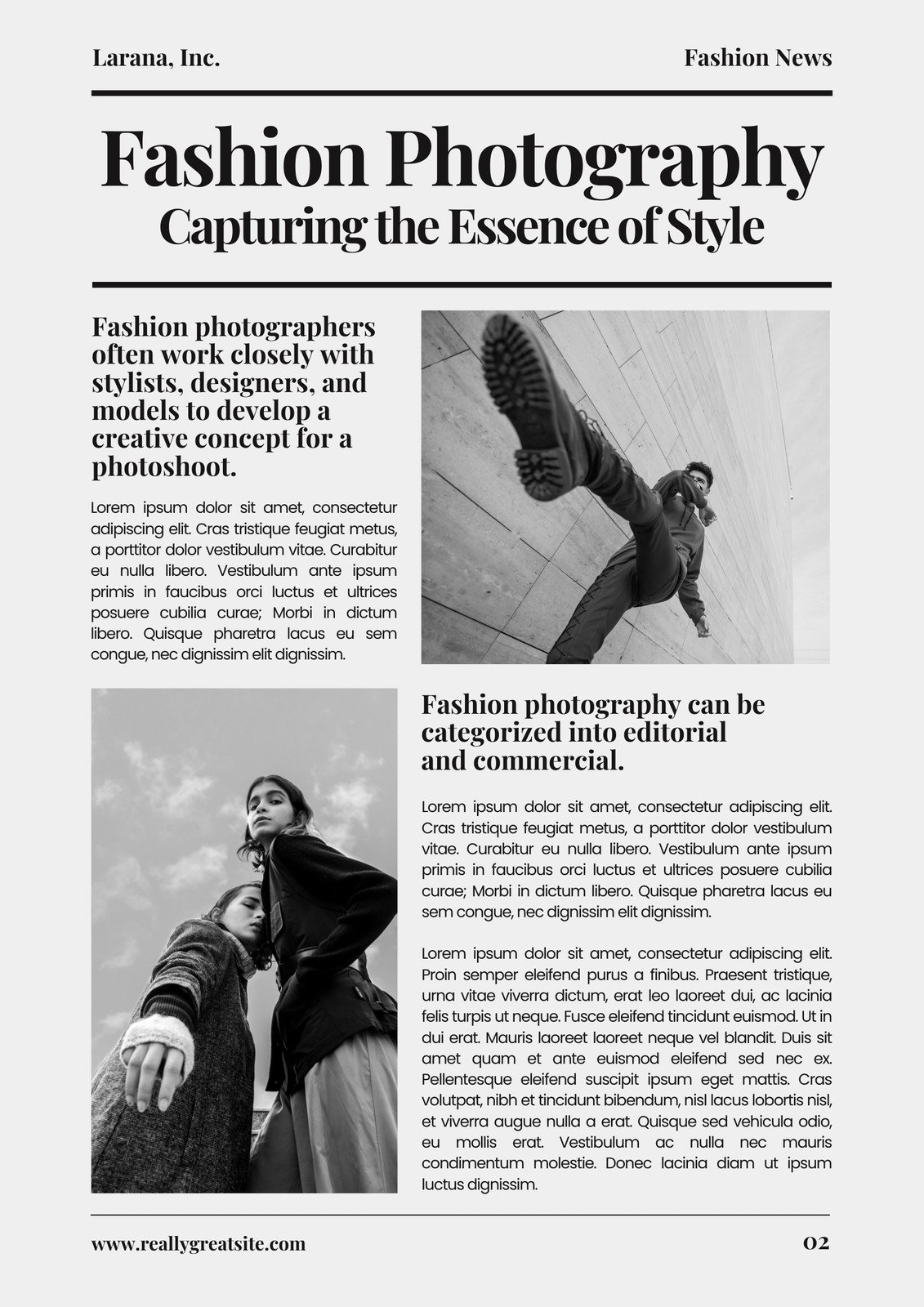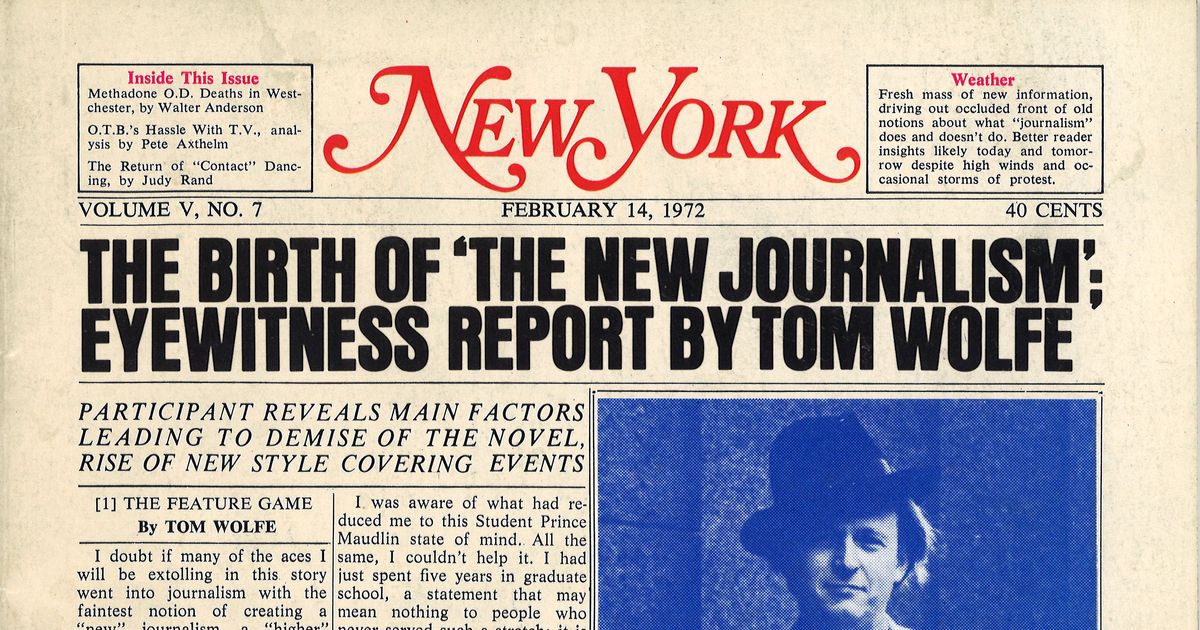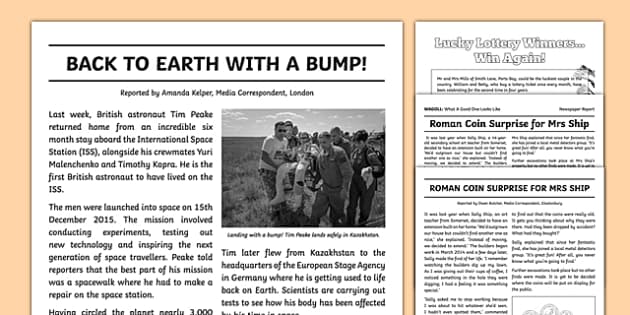The Basic Principles Of News Articles
The Basic Principles Of News Articles
Blog Article
The Main Principles Of News Articles
Table of ContentsThe 5-Second Trick For News ArticlesNews Articles Can Be Fun For EveryoneNot known Details About News Articles Some Ideas on News Articles You Should KnowThe Best Strategy To Use For News Articles
Good knowledge of different subjects provides trainees an one-upmanship over their peers. Despite the fact that electronic and social media are easily obtainable, we ought to not neglect how crucial it is to read the newspapers. Moms and dads have to try and inculcate the behavior of reading a paper as an everyday regimen to proceed the heritage of the revered print tool.Newspaper article also consist of a minimum of among the adhering to crucial attributes relative to the desired target market: distance, prominence, timeliness, human rate of interest, oddity, or consequence. The associated term journalese is occasionally made use of, generally pejoratively, to refer to news-style writing. One more is headlinese. Papers generally stick to an expository writing style.
Within these limits, newspaper article additionally aim to be comprehensive. Other aspects are included, some stylistic and some obtained from the media form. Amongst the bigger and extra highly regarded papers, justness and equilibrium is a significant consider presenting details. Commentary is normally confined to a different area, though each paper might have a different overall angle.
Papers with a global target market, for example, tend to use a much more formal design of creating. News Articles.; usual design overviews include the and the US News Design Book.
7 Easy Facts About News Articles Explained
Generally, reporters will not utilize a long word when a brief one will do. They make use of subject-verb-object building and dazzling, energetic prose (see Grammar). They offer stories, instances and metaphors, and they seldom depend on generalizations or abstract ideas. Information authors try to avoid utilizing the very same word greater than once in a paragraph (in some cases called an "echo" or "word mirror").
Headings often omit the subject (e.g., "Leaps From Watercraft, Catches in Wheel") or verb (e.g., "Pet cat lady fortunate"). A subhead (likewise subhed, sub-headline, subheading, caption, deck or dek) can be either a secondary title under the main headline, or the heading of a subsection of the write-up. It is a heading that comes before the major text, or a team of paragraphs of the major text.

Extra signboards of any of these kinds might appear later on in the post (particularly on subsequent pages) to tempt more reading. Such signboards are also utilized as tips to the article in other areas of the publication or site, or as ads for the item in other publication or websites. Normal structure with title, lead paragraph (recap in vibrant), other paragraphs (information) and contact information.

Instance of a hard-lead paragraph NASA is proposing one more space task. The budget requests approximately $10 billion for the project.
An "off-lead" is the second most crucial front page information of the day. To "hide the lead" is to start the write-up with background info or details of secondary value to the viewers, requiring them to read more deeply into a post than they must have to in order to uncover the vital factors.
Some Ideas on News Articles You Need To Know
Common use is that or 2 sentences each create their own paragraph. Reporters usually describe this contact form the organization or framework of an information story as an upside down pyramid. The crucial and most intriguing components of a story are put at the start, with sustaining info following in order of reducing relevance.
It permits people to discover a subject to just the depth that their inquisitiveness takes them, and without the imposition of information or nuances that they might take into consideration irrelevant, however still making that info offered to extra interested visitors. The inverted pyramid framework likewise makes it possible for posts to be cut to any kind of approximate size throughout design, to suit the area offered.
Some writers start their tales with the "1-2-3 lead", yet there are several kinds of lead offered. This layout inevitably starts with a "5 Ws" opening paragraph (as defined above), adhered to by an indirect quote that serves to support a significant component of the very first paragraph, and then a direct quote to sustain the indirect quote. [] A twist can refer to multiple points: The last tale current program; a "happy" tale to end the program.
Longer articles, such as magazine cover short page articles and the pieces that lead the within sections of a newspaper, are referred to as. Attribute tales vary from straight news in a number of means. Foremost is the lack of a straight-news lead, a lot of the time. As opposed to using the essence of a tale in advance, feature writers may try to draw viewers in.
Some Ideas on News Articles You Need To Know
A function's very first paragraphs commonly associate an intriguing minute or occasion, as in look at here now an "anecdotal lead". From the details of a person or episode, its view promptly broadens to abstract principles concerning the story's subject.

The Editor's Toolbox: A Referral Overview for Beginners and Professionals (2001) Allan M. Siegal and William G. Connolly. The New York City Times Manual of Style and Use: The Official Design Overview Used by the Writers and Editors of the Globe's Many Authoritative Paper (2002) M. L. Stein, Susan Paterno, and R.
Report this page